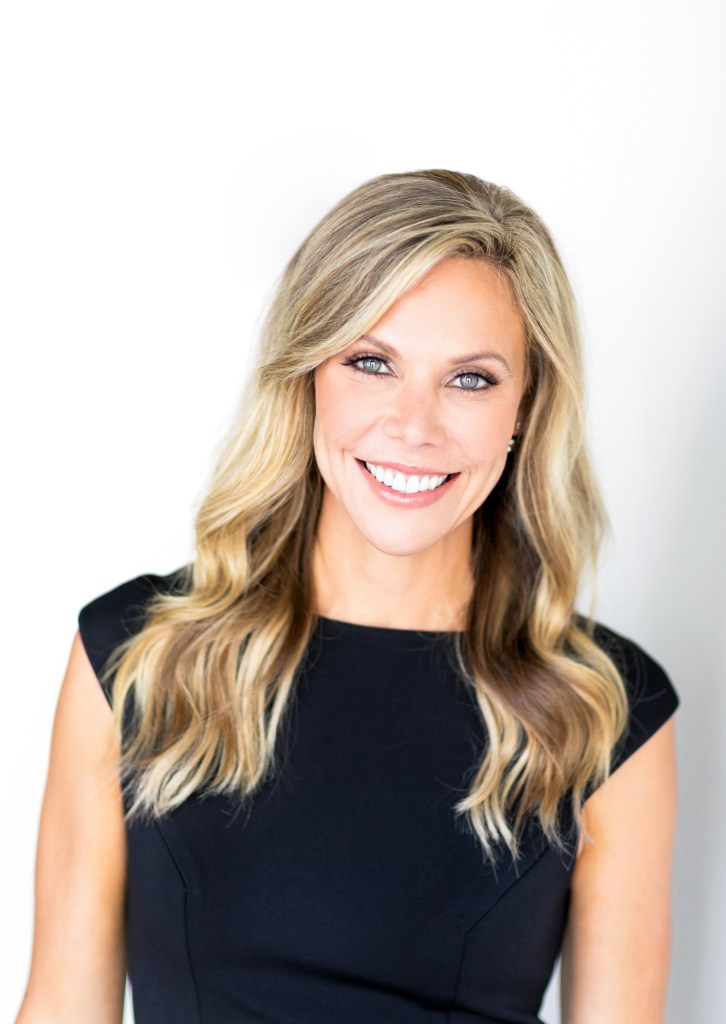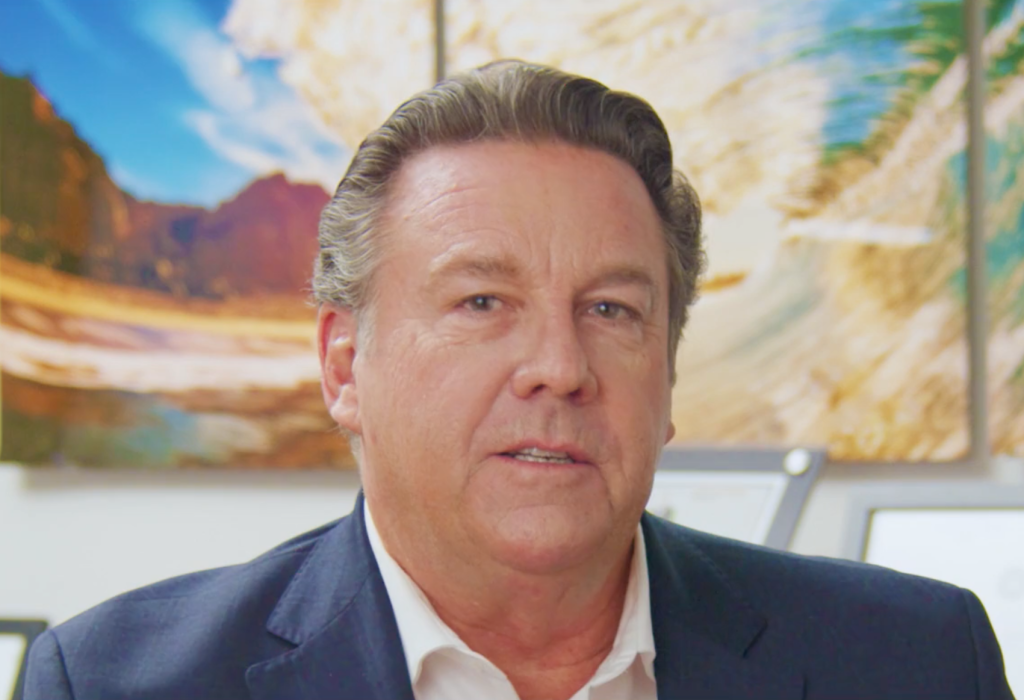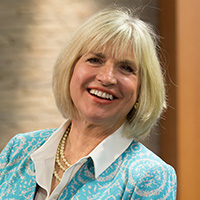Despite the current challenges, reverse mortgage professionals across a range of companies and positions say they are optimistic about business prospects in 2023. Throughout 2022, the industry has faced a challenging rate environment, reduced volume, the bankruptcy of a major lender and the impending consolidation of two other leading players.
Still, the prevailing attitude is that the reverse mortgage business is no stranger to disruption and challenge — and it stands ready to weather the storms it may face.
The recent industry headwinds have not dampened enthusiasm for the business developments that set the stage for 2023, which include an increased Home Equity Conversion Mortgage (HECM) limit of over $1 million, renewed commitments of appealing to forward professionals to add reverse into the product mix, a strong demographic and more referral partnership prospects.
RMD spoke to reverse mortgage professionals, including company executives, reverse mortgage division leaders, loan originators, managers and educators, about their feelings on business at the end of 2022 and the opportunities and challenges that await them in 2023.
Executives: Focus on education, efficiency
The same challenges that plagued the reverse mortgage business throughout 2022 also impacted the forward mortgage side, and have led to numerous questions to tackle in the new year, according to Kristen Sieffert, president of Finance of America Reverse (FAR).

In particular, the questions that remain to be answered are how to bring more loan originators who understand reverse mortgages into the fold; what new products might be necessary for addressing the needs of the senior demographic; how to best leverage educational partnerships to increase product awareness; and how to streamline the customer experience.
“Ultimately the recurring themes in our strategic questions center around education, innovation, and empowerment,” Sieffert told RMD. “We believe that in order to build broad adoption of home equity utilization for pre-retirees and retirees, we need to continue to focus on and invest in these three areas, and they will be central to our 2023 plan.”
Sieffert said there is reason to be optimistic about what 2023 may hold for the reverse mortgage business.
“While our industry is still navigating some headwinds, there is reason to be optimistic for the year ahead,” she said. “If 2022 has shown us anything, it has shown that the need for our solutions will only increase. As long as we collectively continue to prioritize creating positive and sustainable outcomes for those we serve, we will be resilient.”
Don Currie, president of HighTechLending, is also optimistic. Currie noted that the mantra for his company in the new year revolves around increasing efficiency.

“Efficiency, efficiency, efficiency,” Currie said. “It’s time to get lean and mean, to look at all of your vendor contracts. You have to operate at your lowest cost-to-produce as possible. My statement to my people is to prepare for the next surge by being the very best you can be today. Be ready, because it’s going to come back.”
Currie said that while the current challenges are real, he has seen his share of boom and bust cycles over the course of his career.
“I’ve been doing this for 40 years,” he said. “I’ve been to the height and I’ve been to the bottom, and it’s always been cyclical. Right now, I feel that we are at the bottom of the trough. We might stay down here for a period of time, but we will be coming out. And when you come out, if you want to be a player and grab market share, you have to be diversified with a low cost-to-produce, and you have to be well capitalized.”
Having benefited from an uptick in the reverse mortgage talent pool, Currie said he hopes that professionals looking for a new home will take the time to determine which company will provide the most longevity.
“For producers looking for a new home, don’t be too hasty,” he said. “Vet the companies and make sure [yours is] a decision that is right for the long run, not just for right now. Every time you change companies, you lose production time.”
Division leaders: Opportunity has not gone away
Loren Riddick, national director of reverse mortgage lending at Thrive Mortgage in Alcoa, Tenn., said his team has experienced increased demand for the product due to many seniors needing additional cash flow. In addition, forward mortgage professionals may also be looking for new options, Riddick said.
“Now that we have the attention and respect of the forward, guys, we’re just simply telling them that it is absolutely not the time to hunker down and batten down the hatches,” he said. “If you’re a forward person only, then you need to figure out how to get into reverse.”

For Jesse Allen, president of 55+ lending at OneTrust Home Loans in San Diego, Calif., it’s important to maximize the efficiency of the basics of mortgage lending in order to navigate current uncertainties.
“[We’re also focused on] helping our team and partners remain relentlessly focused on customers, facts, and opportunities,” he said. “For example, there are somewhere between 47-60 million (depending on the sourced study) active adult homeowners who are not sufficiently saved for retirement but control significant amounts of housing wealth.”
The current economic climate tends to exacerbate uncertainty, which has led OneTrust to develop a partnership with retirement advising firm Wealthcare Capital Management as a way to help expand home equity options for borrowers and advisors, he said.
Originators: Looking ahead with some concern
A strong belief in the product’s ability to help seniors, and a devotion to the space, has kept Sue Milligan, reverse mortgage loan originator with Draper & Kramer Mortgage Corp., generally optimistic about business prospects. However, what concerns Milligan is the possibility that when rates begin to moderate, it could lead to another surge in HECM-to-HECM refinance business.
“And that’s what scares me the most, because that is what put our industry in this predicament that we’re in,” she said. “That’s a terrible market to be in because that doesn’t lead to long-term [growth].”
For Milligan, the name of the game is identifying where the bulk of the business came from before, during and after the COVID-19 pandemic. That information may help her when she moves from Louisiana to Texas next year, she said.
Jim Cullen, reverse mortgage originator with University Bank in Green Bay, Wis. Cullen, who has been in the reverse space for 18 years, is more cautiously optimistic. Cullen sees the shifts happening at other companies, but remains focused on serving senior borrowers through his referral-based business.
“[I’m feeling] a little uncertain,” Cullen told RMD. “Obviously, we’ve gone through a lot of ups and downs; it’s been kind of a wild ride here. I don’t know if things are going to settle down anytime soon. There are still a lot of questions out there regarding whether or not we’re headed for a full-blown recession, or whether property values are going to level out or drop.”
In terms of wider industry swings, Cullen said he has seen similar consolidation before.
“Having been involved with reverse mortgages as long as I have, I was a Wells Fargo person,” he said. “So I went through the whole Wells Fargo thing and migrated to MetLife. And then, nine months later, MetLife pulled the plug. So in a way, like with RMF and FAR/AAG, I’ve kind of seen this before. We’ve come through it [in the past].”
Reverse mortgage advocates: Rate moves don’t diminish value
While the current industry challenges are disruptive, they are not calamitous in comparison to other challenges the business has gone through, including the collapse of home values following the 2008-09 financial crisis, according to Shelley Giordano, co-founder of the Academy for Home Equity in Financial Planning at the University of Illinois Urbana-Champaign.
The best thing for industry professionals to do is to focus on their book of business and helping seniors, she said.

“From my perspective, it’s just better to put your nose down and deal with what you can deal with every day,” Giordano said. “The successful originators out there are the people who get up every day and just do their activities, and the outside world doesn’t affect them very much because they’re doing all the right stuff. So, I wouldn’t even begin to try to predict what the economy, interest rates or inflation are going to do. I have absolutely no idea.”
That said, the reverse mortgage industry is “tournament-tested” when it comes to adversity, she said. Plus, the general priorities have not changed: get in touch with referral partners, reach out to prospects and remain visible in your community as a reverse mortgage leader.
When asked to assess the biggest impact on the reverse mortgage business in 2022, Understanding Reverse author Dan Hultquist said it was the rate environment. The majority of HECM loans have two rates: the expected rate, which is tied to the 10-year CMT index, and the note rate, which is tied to the one-year CMT.

The 10-year CMT climbed throughout 2022, but Hultquist said that doesn’t diminish a reverse mortgage’s value proposition for the right homeowner.
“We saw the 10-year CMT climb throughout the year, which means borrowers are qualifying for a little bit less,” Hultquist said. “But those who qualify for a reverse mortgage get the advantage that their line of credit is growing at the note rate. And so, [there] are advantages in getting [a reverse mortgage] right now. You’re going to get less money than you could last year upfront, but you have to look at the long play.”
The long play is for a borrower to get a reverse mortgage when they can qualify for it and then watch the line of credit grow over time at the same rate their loan balance grows, he said.
And, Hultquist said, originators and borrowers would be well-served by keeping an eye on expected rates because they can lock one in at the time of application.






